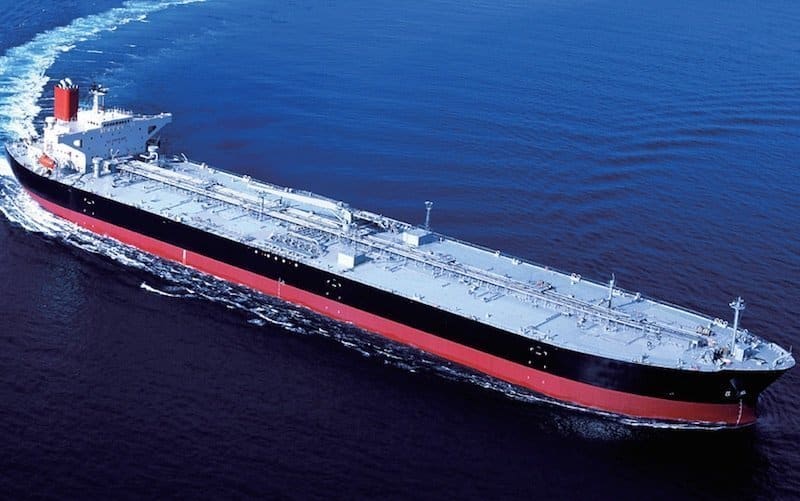Oil surplus drives tanker demand
Oil Markets Surge Amid Geopolitical Tensions

As President Donald Trump seeks to resolve the ongoing conflict in Ukraine, oil markets are grappling with heightened geopolitical risks that are influencing prices and trade dynamics. Despite the political turbulence, India has strengthened its ties with Russia, continuing to purchase Russian oil and committing to joint investments in Arctic and Far East oil exploration. Although shipments from Russia to India dipped by 20% in July, the trend reversed in August as Indian buyers resumed their purchases.
Global Oil Supply and Demand Dynamics
The global oil market currently faces an oversupply of approximately 2 million barrels per day, which has kept prices below $70 per barrel. Countries like China are capitalizing on these low prices to bolster their strategic reserves. Meanwhile, refiners are increasing their production rates to take advantage of cheaper input costs, resulting in a surplus of oil products despite only a slight increase in global demand.
This oversupply has led to increased activity in the crude oil tanker markets, with spot market transactions rising significantly. China has ramped up its demand, adding two additional Very Large Crude Carriers (VLCCs) per week for its Strategic Petroleum Reserve (SPR) purchases. Consequently, the time charter equivalent (TCE) earnings for VLCCs transporting oil from West Africa to China surged by 57% over the past month, reaching $49,608. Similarly, TCE earnings for voyages from the Middle East to China rose by 72% to $51,501, while earnings for routes from the U.S. to China increased by 13% to $40,894.
Suezmax tankers have also seen impressive earnings, particularly for voyages from West Africa to Northwest Europe, where rates jumped by 63% to $50,655 per day. Earnings for transatlantic voyages from Guyana to the Netherlands rose by 72% to $48,458, and cross-Mediterranean rates reached $48,689, marking a 17% increase. Aframax tankers reported average earnings of $33,295 in August, their highest since April, with significant increases noted on various routes.
Product Tanker Market Trends
The demand for oil products tankers has also strengthened, particularly on routes from the Middle East to Japan, where LR2 TCEs increased by 15% to $31,308. In the opposite direction, rates rose by 16% to $35,376, peaking at $39,932 earlier in the month. LR1 tankers on the same routes experienced a 15% uplift, reaching $24,687, while rates for voyages to Europe rose by 11% to $26,990.
In the Atlantic, the MR products tanker market has been invigorated by the driving season and increased U.S. refinery output. Daily TCEs from the U.S. Gulf to Europe skyrocketed by 164% to $28,698, although they slightly decreased from a peak of $27,120. Rates for shorter voyages from the U.S. Gulf to the Caribbean more than doubled, reaching $46,472 per day, while longer routes to South America saw an 85% increase to $34,191.
In the Pacific, South Korean refiners are benefiting from higher margins, with rates for voyages to Australia rising by 14% to $23,166 and to Singapore increasing by 10% to $16,910. However, in the Indian Ocean, earnings from the Middle East to East Africa saw a slight decline due to lower bunker prices, while rates from India to Japan rose by 9% over the month.
Despite these positive trends, the Baltic Dirty Tanker Index (BDTI) averaged 1,006 points in August, marking its first four-figure month since April. Meanwhile, the Baltic Clean Tanker Index (BCTI) recorded a slight decline of 3% to 618 points as of August 22 compared to the previous month.
